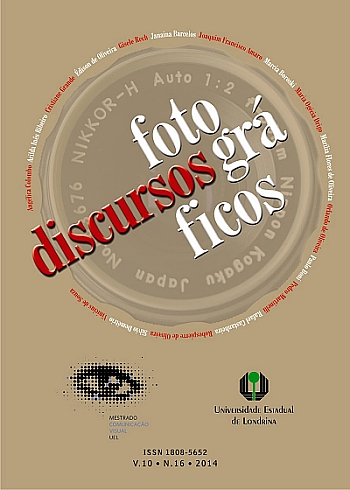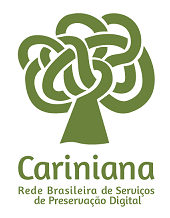In favor of the revolution: the grotesque and the obsessive destruction as strategies of production - a look into the work of Jan Švankmajer
DOI:
https://doi.org/10.5433/1984-7939.2014v10n16p277Keywords:
Teses e Dissertações. Análise Cinematográfica. Surrealismo. Grotesco. Jan Švankmajer - Cineasta.Abstract
The turn of the century led to a new scenario: with all technological developments everything became faster, chaotic and fragmented than before. InEurope, the center of these transformations, the artistic avant-garde, such as Dadaism and Surrealism, tremble all areas of knowledge, the art for art no longer satisfy most their artistic ideals, its subversion was necessary to transform the world. It is in this context that the film becomes focus of expression of these events, their role as a new art becomes increasingly effective. The surrealists saw in the device a channel to release what was conventionally suppressed, allowing that the unconscious could come to the fore as in the dreams, blending the known and the unknown, reality and dream, everyday life and the wonderful. Among these artists are Jan Švankmajer, who also saw in the film a form of expression to his art. This dissertation proposes to explore the strategies used by Švankmajer in the instance of production, through a detailed analysis of two short films - “A quiet week in a house” (TichýTyden v dome), 1969, and “The Death of Stalinism in Bohemia” (Konecstalinismu v Èechách), 1990 - seeking to demonstrate that cinema can chain elements that operate in favor of a goal. Jan Švankmajer keeps a close relationship with the thinking surrealist, the aesthetics of grotesque and obsessive destruction arise here as breakdown elements of reality and it is there that the filmmaker finds material enough to arouse uneasiness in the public.
Downloads
Downloads
Published
How to Cite
Issue
Section
License
Discursos fotográficos adota a licença CC-BY-NC, esta licença permite copiar e redistribuir o material em qualquer meio ou formato, remixar, transformar e desenvolver o material, desde que não seja para fins comerciais. E deve-se atribuir o devido crédito ao criador.

Este obra está licenciado com uma Licença Creative Commons Atribuição-NãoComercial 4.0 Internacional.













